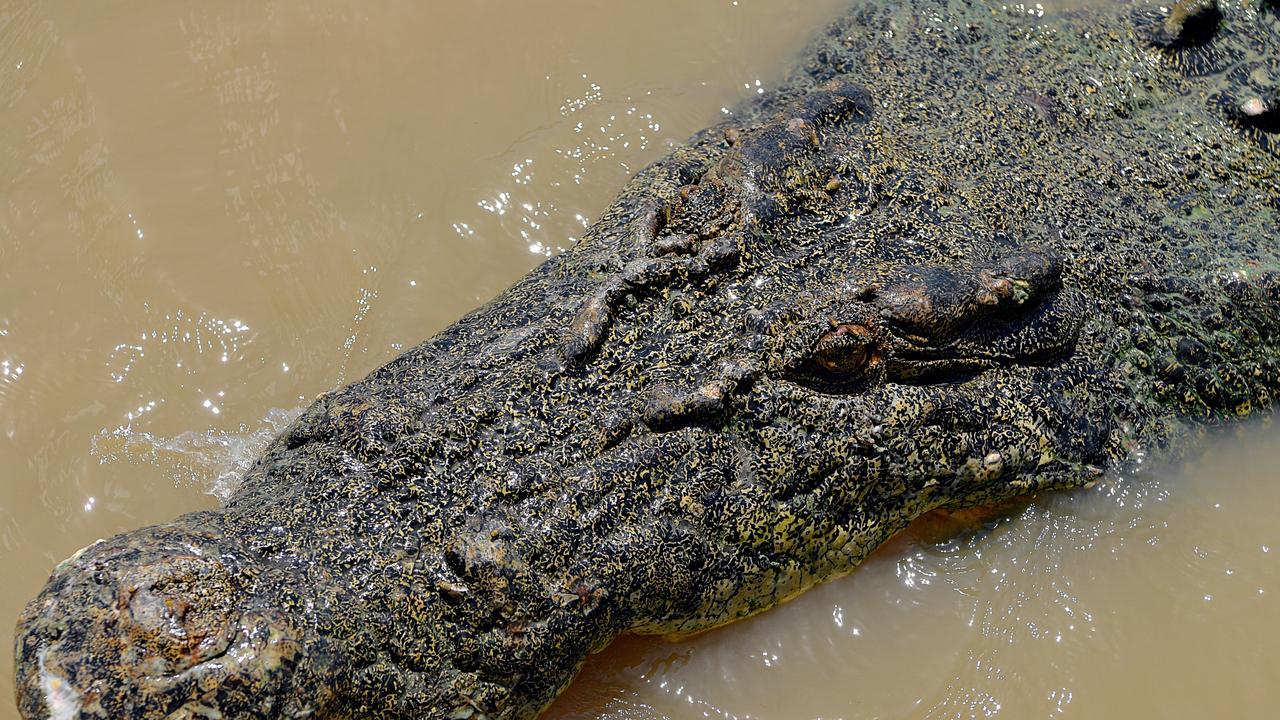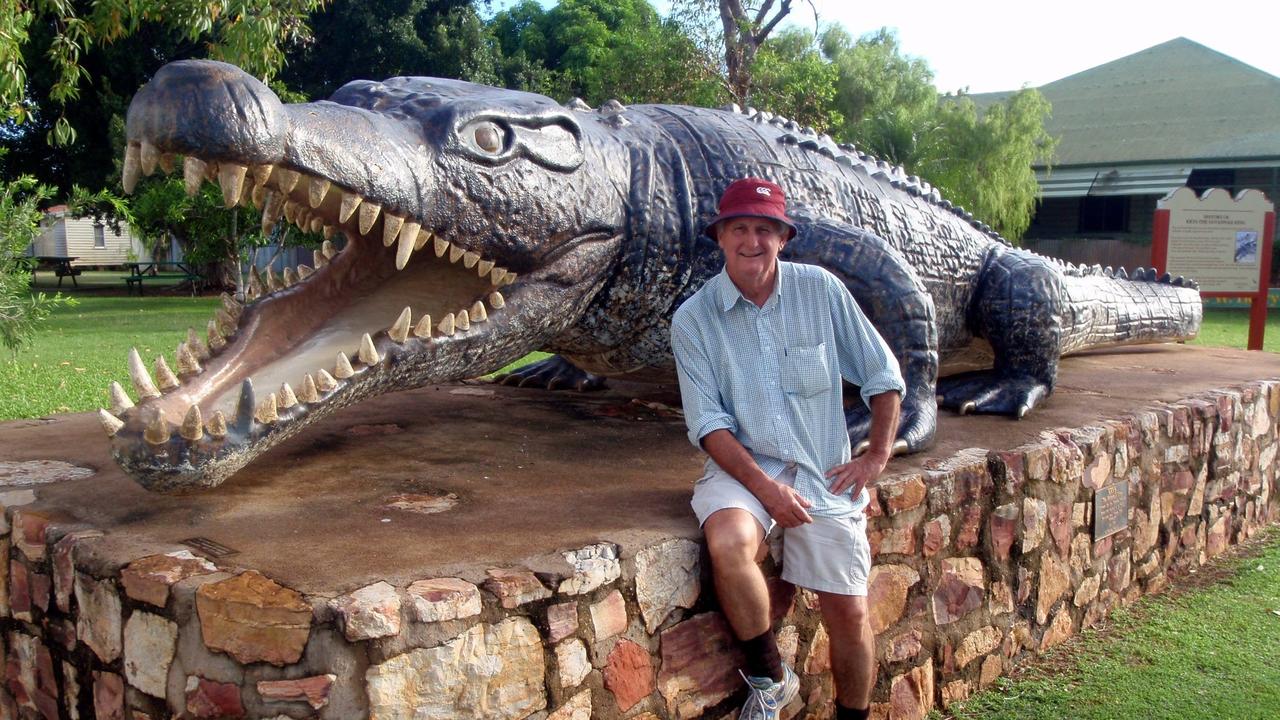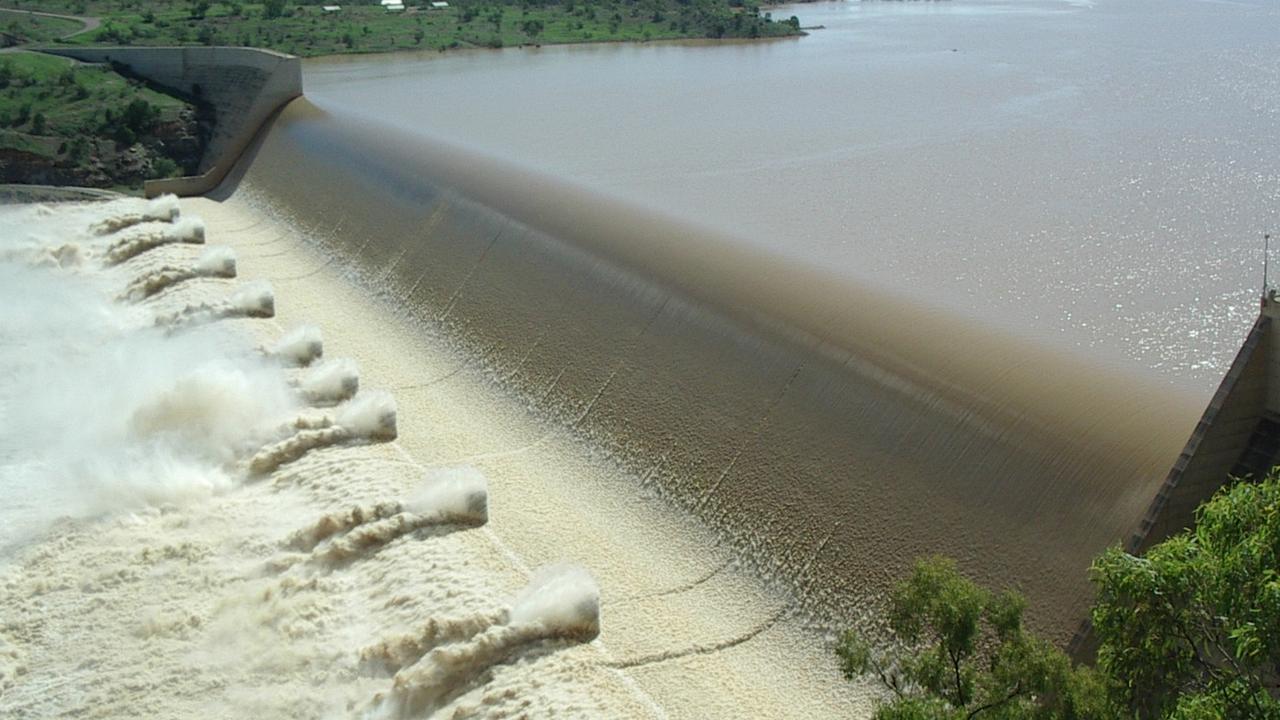John Andersen on why crocodiles are bigger and better in North Queensland
The NT is indulging in a “who has the biggest croc” competition but John Andersen’s got evidence that proves NQ is home to Australia’s largest monsters.
They’re doing it again. The Northern Territory is indulging in a ‘who has the biggest croc’ competition. Don’t they ever get sick of this?
An article published this week had Dominator in the Northern Territory’s Adelaide River the second biggest croc in the world at 20 feet (6 metres) and that Lolong in the Philippines was the biggest ever measured at 20 foot and three inches.

Pfffft. They’re tiddlers compared to some of the of swamp dogs on steroids we’ve got camped up in the backwaters of the creeks and rivers that feed into Queensland’s side of the Gulf of Carpentaria.
Krys, the croc shot by Christine Pawlowski in the Norman River in 1957 measured 8.63 metres or 28.3 feet on the croc Richter scale.
Ms Pawlowski’s husband Ron later said he saw an even bigger crocodile in the Flinders River. I spoke to the Pawlowski’s in the 1990s, but both have now passed away.
Last Wednesday I spoke to their son Steve. He said Krys had a stumpy tail. It was estimated at the time that three feet of its tail was missing, probably bitten off by a larger croc when young Krys was a hormonal adolescent.
No doubt he was out on the prowl looking for a girlfriend in the mangroves and obviously annoyed an older croc who didn’t want any competition when it came to the ladies.
Chomp, off goes three feet of tail.
Had Krys kept all of his tail he would have measured 31 feet and three inches (9.5 metres). A monster straight out of Jurassic Park.

Indigenous people still talk of a “thirty footer” in the Norman. I once went out to a long waterhole on the upper freshwater reaches of the Norman River with a station owner who said a croc well over 30 foot long had been calling it home sweet home for decades.
The banks were covered with paperbarks, the leaves of which hung to the ground.
No one was volunteering to push through the branches close to the water to get a clear look. So, no photo that day.
Professor Gordon Grigg from the University of Queensland’s School of Biological Sciences told me years ago that the likelihood of crocodiles bigger than Krys still living in the wild was strong.
Station owners used to talk of seeing a 30 footer in a salt-arm tributary of the Staaten River on Inkerman Station on the western side of Cape York Peninsula.
Indeed, when I spoke to Prof Grigg years ago he brought up the subject of the Inkerman croc. “There was a report of a 27 footer (8.2 metres) in the Staaten River, but it was never confirmed,” he said at the time.

Another thing he said was that it is very hard to estimate the length of a crocodile without the aid of a tape measure.
Got that one right, Prof.
Measuring a croc with a tape measure – when it is alive – presents its own set of difficulties. It is not going to lie there and pretend to meditate, if you say, “’scuse me sir, could you just lie still for a sec while I run this tape measure over you? There’s a nice chap.”
Anyone trying that is going to pop out of the croc’s clacker a few weeks later in the form of fertiliser pellets for the river bed. If you want to work out its length, it’s a case of shoot first, measure later.
Another time we went with Papanine Patterson, looking for a giant croc in the maze of tidal channels that feed into the Norman River from the salt pans near Normanton.
“Big crocodile live here. My uncle’s seen it when they were looking for cattle. They call it a dinosaur. They say it’s over 30 foot long (9.1 metres).”
Alas, again, no crocs that day. But one day, someone will find him and get him in the crosshairs of their camera. It’ll put the Northern Territory’s claim for fame in the shade.
More Coverage
Originally published as John Andersen on why crocodiles are bigger and better in North Queensland




